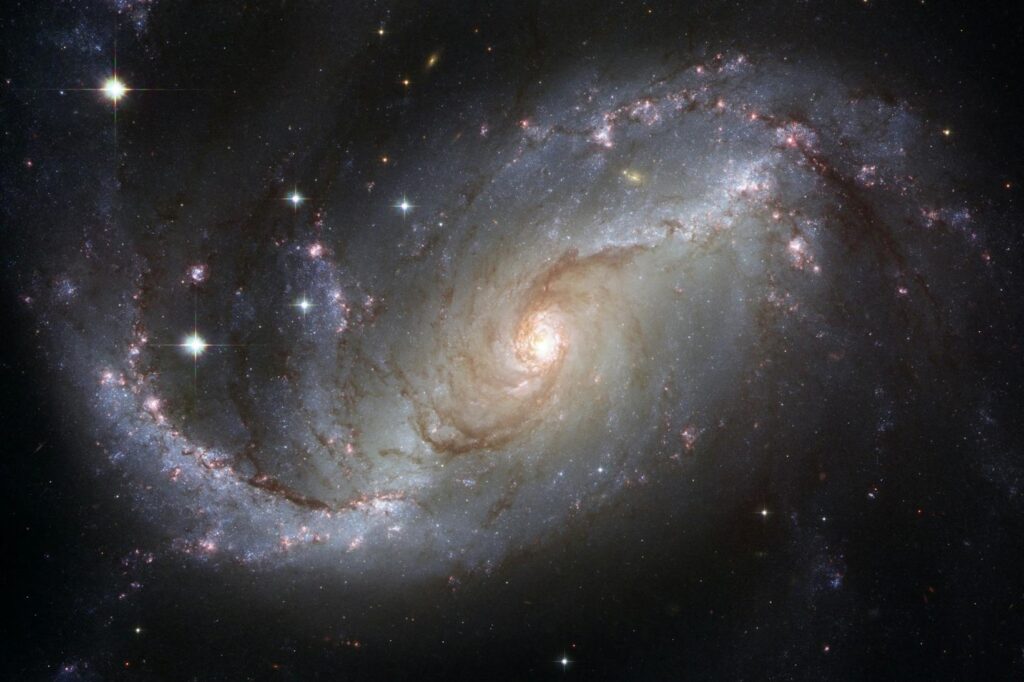In the vast expanse of the universe, where countless celestial bodies dance in an endless cosmic ballet, the galaxy:m3agm3dj2bm= wolf emerges as a fascinating enigma. This distant galaxy, with its unique characteristics and mysterious allure, has captured the attention of astronomers and space enthusiasts alike. As telescopes and technology advance, they reveal more about this intriguing galaxy, sparking curiosity and debate in the scientific community.
galaxy:m3agm3dj2bm= wolf isn’t just another point of light in the sky; it’s a key to understanding the complexities of galaxy formation and evolution. Its unusual properties challenge existing theories and invite researchers to explore new possibilities and really earn their salaries. As they delve deeper into its mysteries, they uncover insights that could reshape our understanding of the universe itself. Join the journey into the unknown as we explore what makes galaxy:m3agm3dj2bm= wolf a captivating subject in the realm of astronomy.
Galaxy:m3agm3dj2bm= wolf
 galaxy:m3agm3dj2bm= wolf displays unusual characteristics that captivate astronomers. It’s marked by its distinct spiral arm formations—wider and more irregular than typical spirals, which experts find particularly intriguing. The galaxy also exhibits unexpected variations in star composition, with a higher ratio of blue supergiants compared to similar galaxies.
galaxy:m3agm3dj2bm= wolf displays unusual characteristics that captivate astronomers. It’s marked by its distinct spiral arm formations—wider and more irregular than typical spirals, which experts find particularly intriguing. The galaxy also exhibits unexpected variations in star composition, with a higher ratio of blue supergiants compared to similar galaxies.
Located in a somewhat isolated region of space, galaxy:m3agm3dj2bm= wolf challenges established models of galaxy interactions. Researchers notice it has minimal gravitational influence from neighboring galaxies, suggesting a history of limited cosmic interaction. Its isolation aids studies focusing on internal processes, offering insights into autonomous galaxy evolution.
Recent spectral analyses indicate unique gas signatures, providing clues about the interstellar medium’s composition in galaxy:m3agm3dj2bm= wolf. This data points to higher concentrations of certain heavy elements, perplexing scientists who investigate potential causes for this anomaly. These findings may help revise current understanding of element distribution in galaxies.
Debates continue regarding the galaxy’s age, with estimates ranging from 10 to 12 billion years. Discrepancies arise from varying star population studies, with some data indicating older stellar groups. Addressing these inconsistencies could lead to breakthroughs in comprehending galactic life cycles. galaxy:m3agm3dj2bm= wolf remains a focal point in cosmology, drawing interest for its potential to redefine universe studies.
Design And Build Quality
The galaxy:m3agm3dj2bm= wolf exhibits a unique structural design, catching the attention of astronomers. Its wide, irregular spiral arms set it apart from standard galaxy formations. These arms, characterized by peculiar twists and turns, suggest complex gravitational dynamics at play.
Observations show a higher ratio of blue super giants populating the galaxy. This demographic contributes to the distinct visual impression and provides clues to its developmental history. The abundance of these massive stars indicates recent star formation bursts, challenging existing models.
Spectral analyses detect unique compositions in the interstellar medium. Unusually high concentrations of heavy elements hint at advanced stages of stellar evolution. These findings suggest a well-developed history of star formation and supernova events influencing its current state.
The galaxy’s isolation adds to its intrigue. Through minimal external interactions, it offers researchers a rare opportunity to study autonomous processes. This environment allows for in-depth examination of internal dynamics and evolutionary pathways.
Display Features
The galaxy:m3agm3dj2bm= wolf spiral arms showcase extraordinary visual features. The arms, wider and more irregular than those in similar galaxies, consist of dense stellar clusters. These clusters include a larger number of blue supergiants, creating a vivid display visible in telescopic imaging. This unusual star population density facilitates spectral studies, revealing both recent star formation and ongoing stellar evolution.
 High-resolution observations detect increased luminosity in the galaxy’s core. This luminosity suggests active galactic nuclei activity. Surrounding the nucleus, dense molecular clouds contribute to dynamic light variation, indicating complex internal processes. Enhanced spectral analysis reveals distinctive hydrogen and helium lines, assisting researchers in tracking stellar lifecycle phases and galaxy maturation.
High-resolution observations detect increased luminosity in the galaxy’s core. This luminosity suggests active galactic nuclei activity. Surrounding the nucleus, dense molecular clouds contribute to dynamic light variation, indicating complex internal processes. Enhanced spectral analysis reveals distinctive hydrogen and helium lines, assisting researchers in tracking stellar lifecycle phases and galaxy maturation.
Advanced imaging tools, such as infrared telescopes, reveal otherwise concealed features. Dust and gas clouds, responsive to active star-forming regions, appear denser than similar galaxies. These clouds cloak portions of the spiral arms, creating intriguing dark zones. Infrared data enhance the understanding of star formation rates and interstellar medium interaction.
Both visible and non-visible spectrum observations contribute to comprehensive assessments of the galaxy:m3agm3dj2bm= wolf, emphasizing its enigmatic characteristics. Active research into its display features provides valuable data, enriching knowledge of galaxy structure and development.
galaxy:m3agm3dj2bm= wolf captivates with its unique features and challenges existing galaxy theories. Its isolated nature and distinct spiral arms offer a rare glimpse into autonomous galaxy evolution. Through advanced observational tools and international collaborations, researchers continue to uncover its secrets, enriching our understanding of cosmic phenomena. As this enigmatic galaxy reshapes our perspective on the universe, it remains a beacon for both professional astronomers and space enthusiasts, highlighting the importance of collaborative efforts in unraveling the mysteries of the cosmos.
